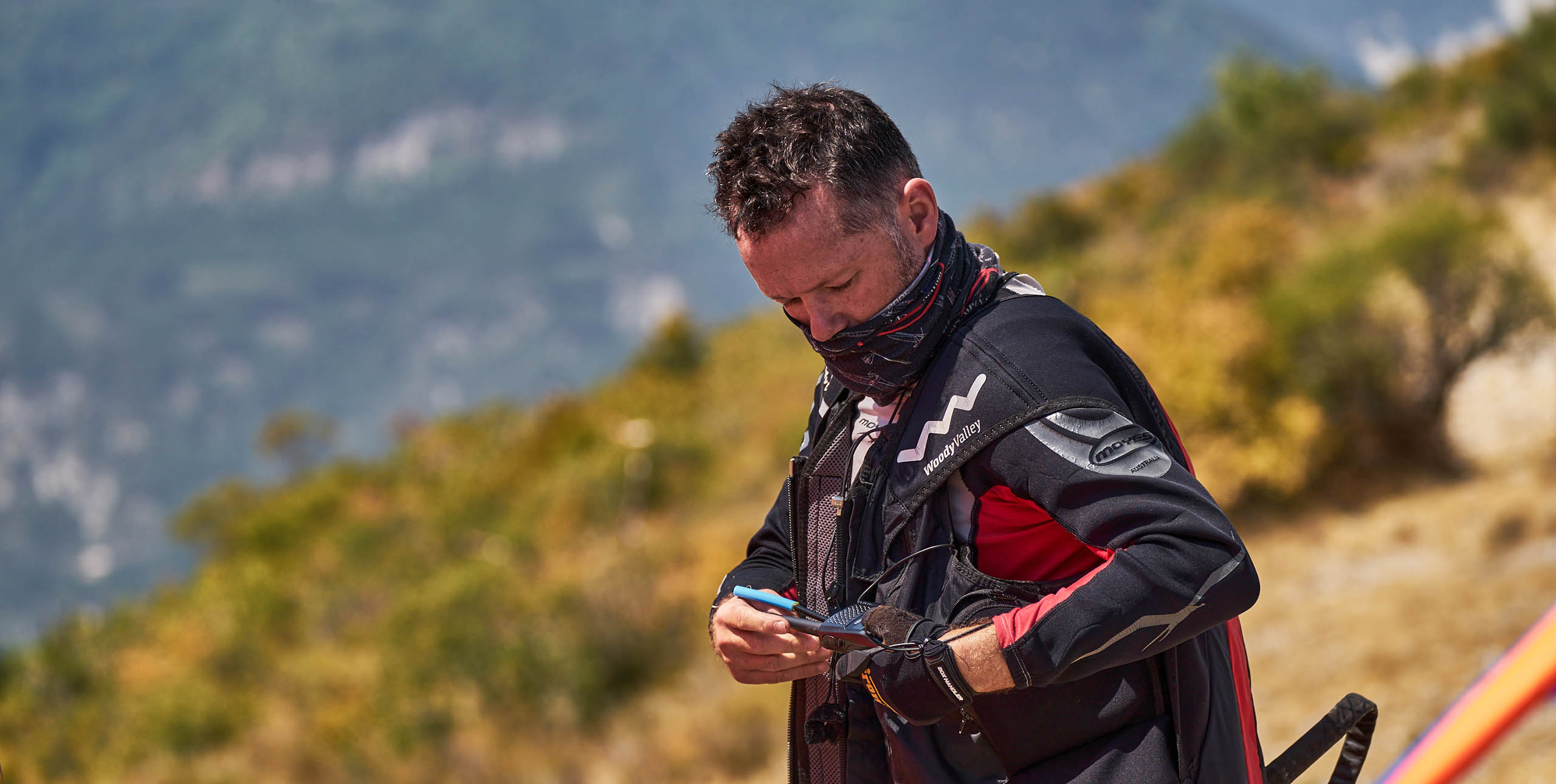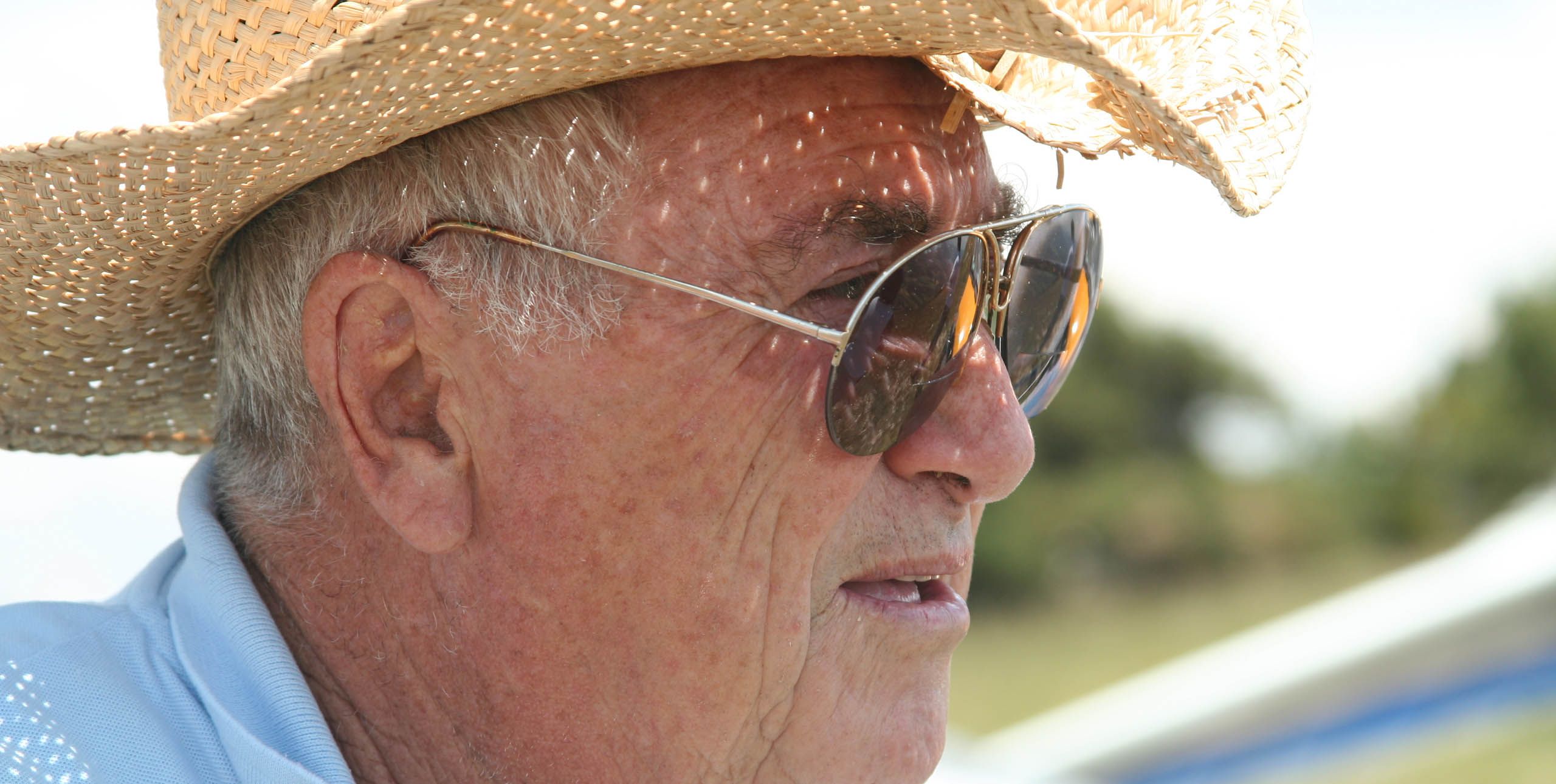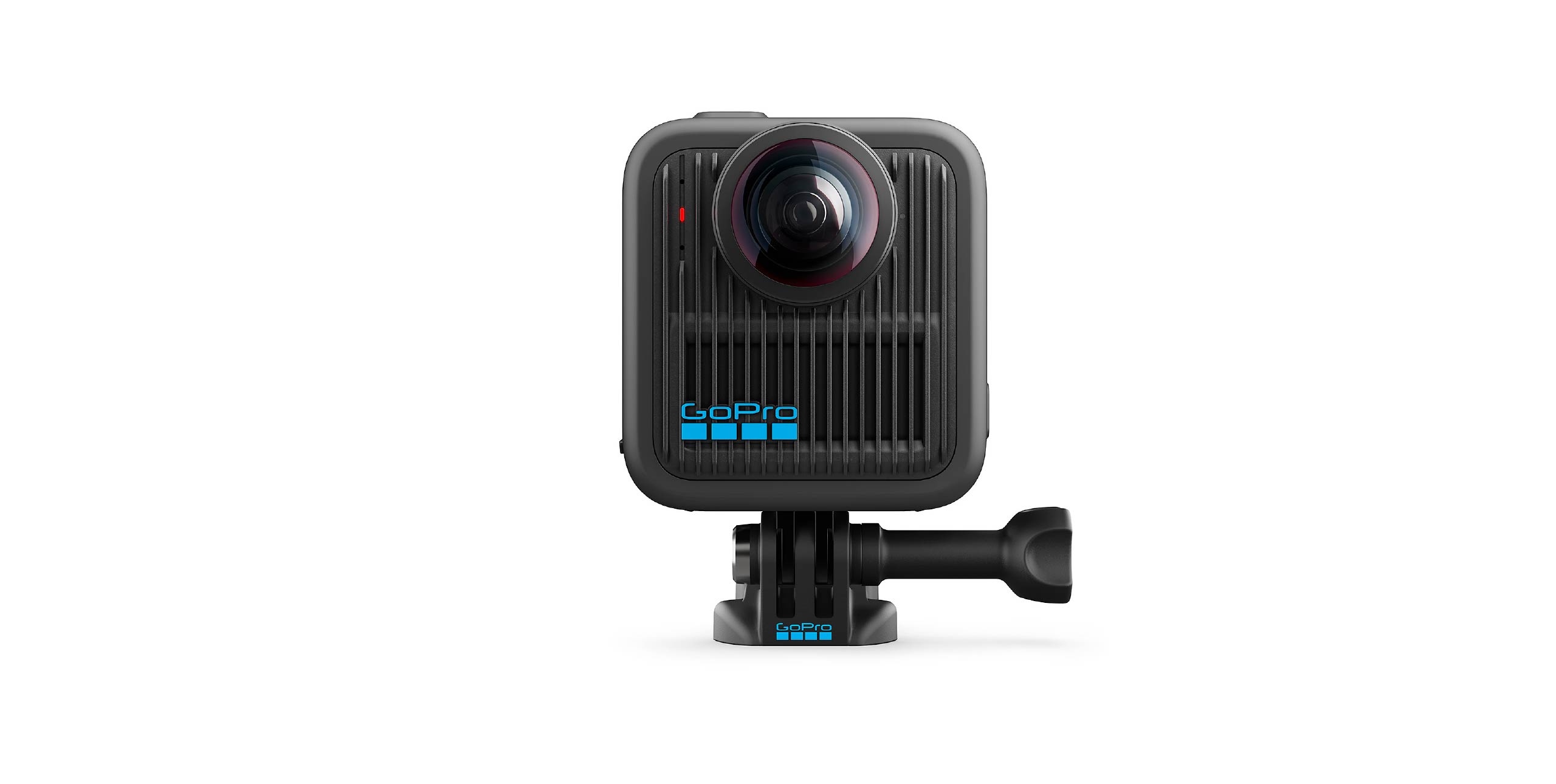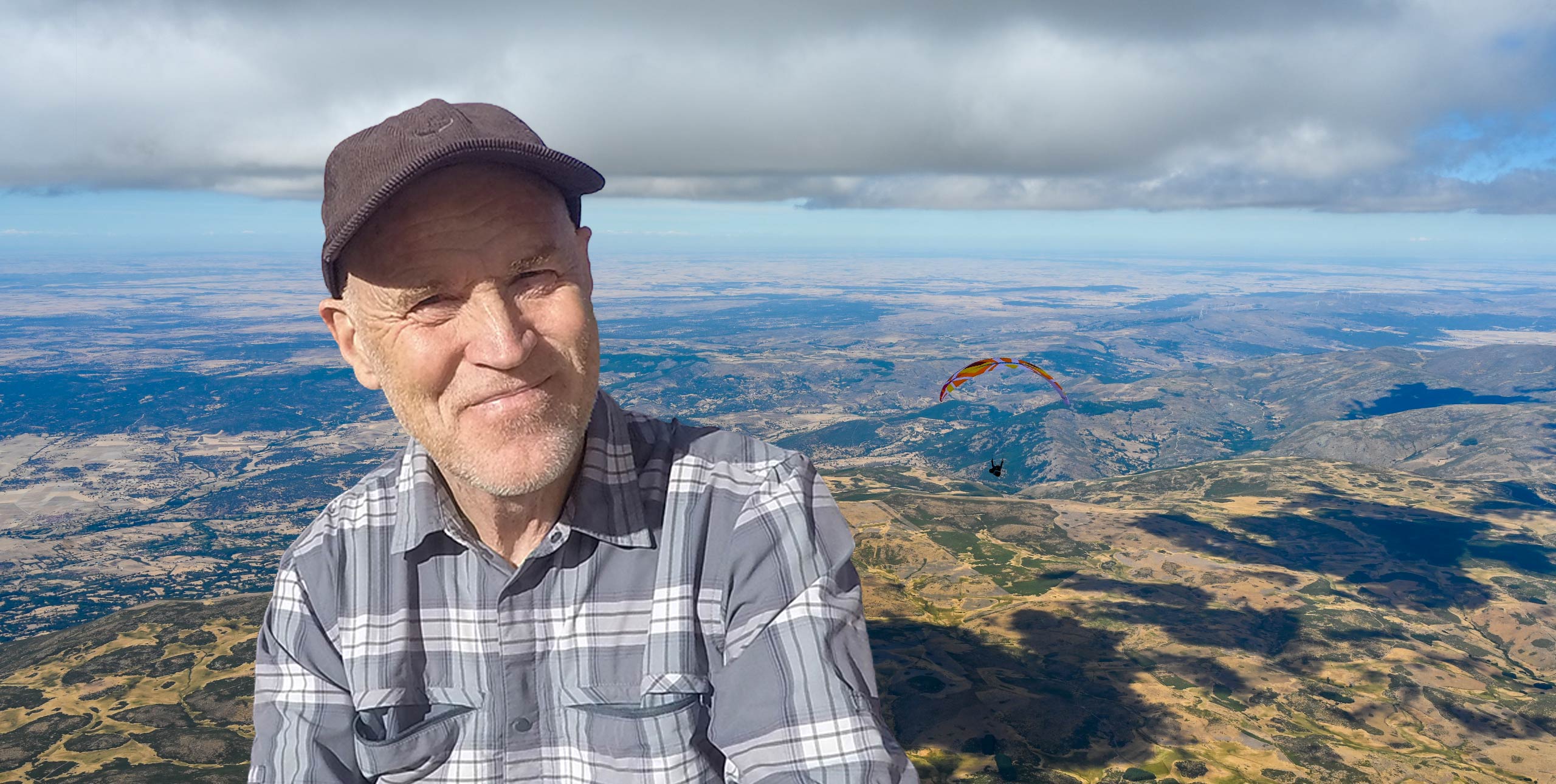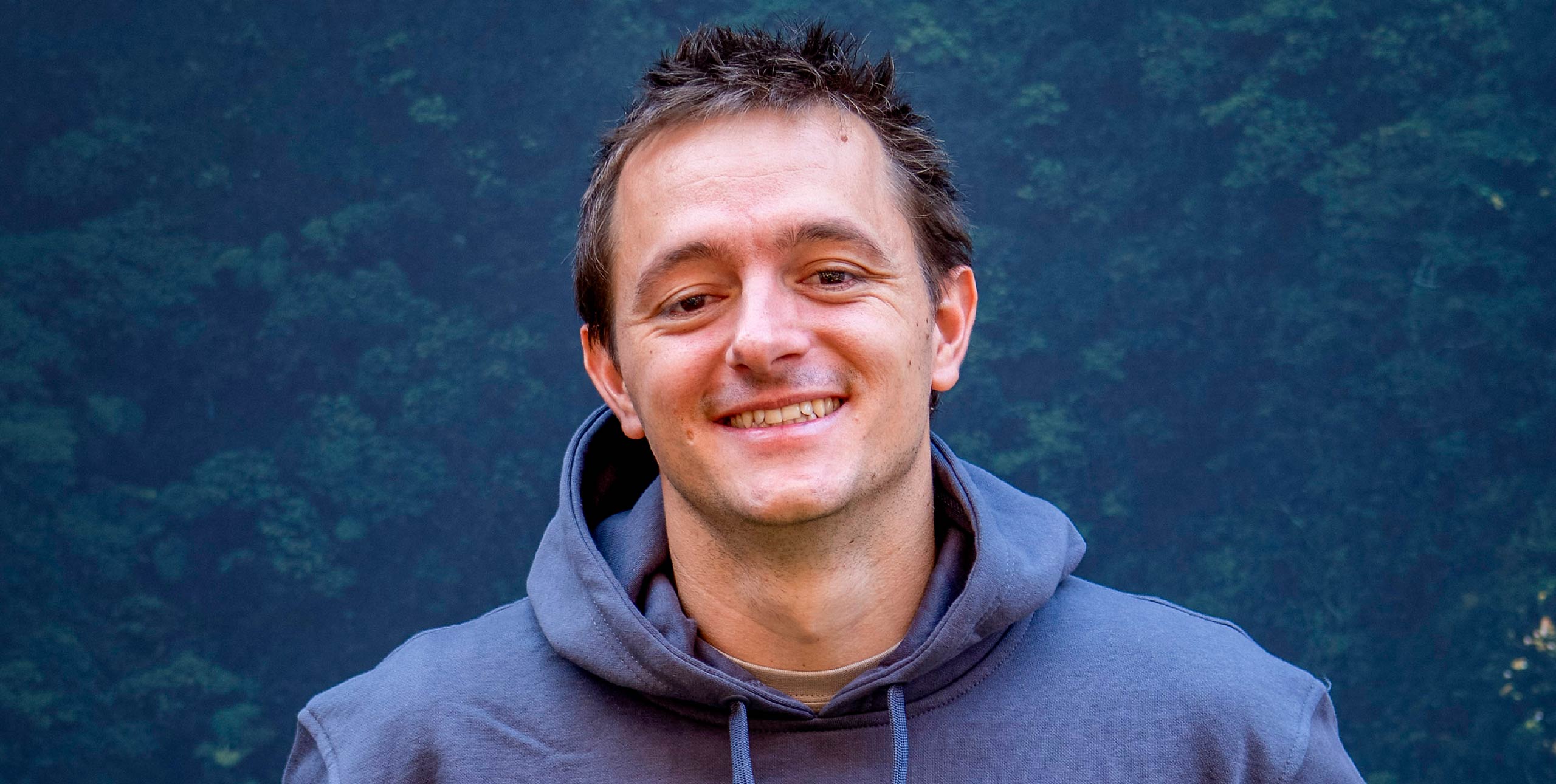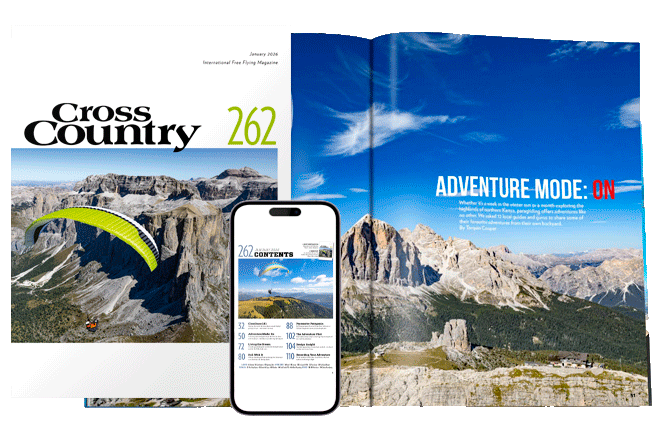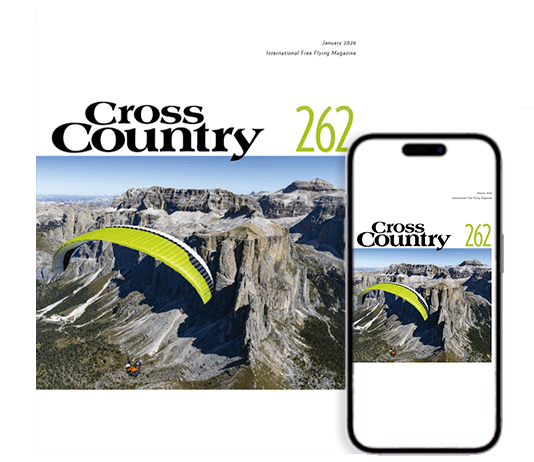

Have you ever wondered why that young kid on the shiny new hot ship is flying his glider more upside down than the right way up? Why some folk like to spiral till their wing tips touch the ground before pulling out?
Or why others treat cloudbase as the point to start falling out the sky not launching off on a major cross country. How can they possible want to just throw themselves around the sky, they should be using that valuable altitude to go somewhere, to learn something about real flying?
Or maybe you’ve been the one stood on the ground as the local expert glides gracefully over you head, glider trimmed perfectly, brain full of formula and calculus. Speed to fly, angle of glide, cross wind components chundering through their heads whilst their eyes scan instruments uninterested in the fantastic view.
How, when he looks so ungainly on a glider, can he consistently fly so well? He thermals like a skidding brick; legs akimbo, head thrust forward with the grace of a drunk duck. Yet somehow, although seemingly unable to look in either control or comfort for most of the time, he consistently ends up in the right place at the right time. In comps he’s right up there in the lead gaggle scorching most of the “upside-down” team yet the fellow can barely drive a car properly never mind ride a skateboard.
[youtube id=”rLKVx60I5BM” w=”500″]
Gratuitous video of that ‘speed flying the Eiger’ YouTube clip to illustrate the serious issue of personality types in paragliding and hang gliding
The answer, I believe, lies in our genetic make up; in the very cells that decide and control the kind of person we are and in which areas we are skilled. Our wildly differing characters mean that as individuals we do things for different reasons.
We enjoy things others hate and we excel at things where others struggle. As pilots we often seek completely unique sensations and rewards and it’s inevitable that we will encounter pilots who’s entire understanding and comprehension of our beloved sport is completely different from our own. Yet understanding the opposite of your own personal brilliance can often help you identify and work on your weaknesses.
For me it’s always been simple; there are surfers and there are chess players. Each pilot type has his/her own fortes but equally his own weaknesses but each end of the spectrum has played its part in driving our sport forward in new directions.
SURFERS
Gifted with lightning reactions and a natural understanding of the dynamics and fluidity of flight, the surfer’s love of their glider’s acrobatic ability is obvious through their highly tuned glider handling skills.
Surfers seek the sensations, g-forces and exhilaration of flight and are generally found around cloudbase with their glider beneath their feet, or incredibly low skimming the ground at high speeds. Equipment is often shoddy, home-made or heavily bastardised and helmet usually open faced for extra wind noise.
The surfer often joins the free flying community from another adventure sport such as snowboarding, rock climbing, motocross racing or windsurfing. Their experiences in other sports make them naturally adept at controlling their fears when operating under the duress of physical danger. Indeed, for the majority of surfers, the element of risk is an integral part of the experience.
However, whilst comfortable with almost anything the sky throws at them the surfer is still prone to err. Driven by their hearts not their heads, their lust for sensation and exhilaration leads them to fly by instinct and optimism which often leads to mistakes and an early bath.
Intelligent, well planned decisions based on visual signs and hard learned theory are normally scraped in favour of any wild looking rock faces or pumping clouds that, although totally off route, look like they might give the surfer an adrenaline hit.
Crosswords, pub quizzes and intellectual conversations are a non-starter for the surfer and subjects such as classical music and art and literature will leave them silently looking at their feet. Algebra, mathematics and physics will see them reaching for the door.
The surfer’s path through life often leads them to take huge gambles and excessive risk. Surfers are regularly seen gliding dangerously low in to dead end ravines whilst chess players watch serenely from high above.
Invariably they screw some puff of exhaust from a passing truck and come screaming back up, whooping and screaming as they barge others out of their way. Otherwise they can be found in small clearings, road lay-bys or even hanging in trees shouting “Wicked, I only just made that”. Surfers are often complete masters of their wings, though lack foresight in to their own destiny.
CHESS PLAYERS
Chess players however, have little time for the surfer’s antics. Their desires lie not in being tossed and tumbled by unruly thermals, nor winding in huge g-force on a line stretching spiral and frankly, the thought of looping seems not only unnecessary, but very frightening too.
Their Nirvana lies in the seamless navigation across a perfect sky. Utilising every thermal to its maximum effect, gliding at the right heights to the right places at the right speeds to maximise their flight. The love of the prediction, the calculation and anticipation of cross country flight keeps them obsessed.
A slow smooth climb is just perfect for the chess player giving both time and stress free flying whilst the next decision is analysed, processed and executed.
Generally found gliding along at cloudbase or otherwise, if low, at the right place at the right time. In competitions the chess player often strikes late from behind, skilfully preserving his height and position until the final moment.
Equipment is usually state-of-the-art and immaculate. Fully integrated speed-to-fly systems, highest performing glider available and a full face helmet for better radio communication is the norm.
The chess player is as interested in the science of gliding as the pure exhilaration of flight. Their minds are particularly suited to the calm calculation required by cross country free flight and, provided conditions allow them to relax enough and concentrate on the game, the chess player will often out fly the surfer through their superior brain power.
However once conditions get really strong and rowdy and the element of danger increases the chess player begins to lose out as their fear to performance ratio is severely affected. Distracted and uncomfortable by the power and force of the air they are no longer able to concentrate and the surfer can suddenly take advantage.
The chess player often joins us from the world of science and technology. Typically your average chess player is a computer programmer, an engineer or a white collar worker. Whilst bolstering their skill level in the intellectual department their genetic make up lets them down in the physical department.
Check for signs of two left feet, an inability to catch a ball and terrible dancing techniques at parties.
In competition chess players rarely win tasks yet often win the overall event through consistency and persistence.
Most of us are a mix of the two distinct flying personas, and extreme examples of each are rare to find. But by understanding where in the spectrum you lie, perhaps you can pin point the areas you should improve in and understand why others simply cannot do what you do.
To help you assess your current surfer / chess player rating (SCP rating), try our questionnaire and discover just who your role models ought to be in our sport.
Are you a surfer or a chess player?
QUESTIONNAIRE
Question 1. You arrive at a new site. What is the first thing you do?
a) Reach for your integrated GPS/vario system and plot positions of known house thermals and determine the correct speed to fly in order to make the bottom landing field at maximum L/D
b) Politely ask the locals what the correct altitude above sea level is (asl) and ask them to point out the landing field and any potential dangers
c) Throw yourself off the hillside in a frenzy before the site official discovers you’re not a club member.
d) Light up a ’fat one’ – to relax the mind and aid concentration of course – then clip in to your glider backwards and endure half an hour of comical confusion before you finally straighten up enough to take-off.
Question 2. The forecast for tomorrow is for post cold frontal conditions- an ideal XC day. But when you wake up, the wind looks a little strong. Do you:
a) Switch on your computer and log on to the internet to check the different windspeed data given by airports across the country, comparing real-time conditions to the forecasts given by weather centres in Germany and the USA.
b) Lie in bed until the next weather forecast comes on the telly, at which point your girlfriend/boyfriend studies you with incredulity as you sling a stream of abuse at the hapless presenter.
c) Phone your auntie who lives 200 km upwind and ask her bizarre questions about whether her laundry is blowing about on the washing line, and if so, exactly what angle her 42-inch knickers are being lifted at. If less than 20 degrees to the horizon, you head for the hill.
d) Allow optimism to rule once more, and grab that old Edel ZX that you cut both the wingtips off last year which now has a sail area of 13 m3 and a trim speed of 80 kmh +.
Question 3. Look at your bookshelf. How many educational flying books do you own?
a) 10 or more, and have of course read all thoroughly, making brief notes to help the information sink in.
b) 5-10, and have read a couple, and skimmed through the others.
c) Less than 5, but if we’re going to be honest, you haven’t done more than drool at the pictures.
d) None. Severe dyslexia at school always meant that reading wasn’t quite your thing. In fact you’re doing well to get this far in the quiz.
Question 4. Which of the following items do you own?
o Digital windmeter
o Airspeed indicator
o Windsock
o GPS-integrated vario (and know how to use it)
o A folder full of downloaded flights on your PC.
o Subscription to Skywings/ Skysailor/ other national association magazine
o Lycra speedarms
o Emergency tree rescue kit
Question 5. Which is your favourite part of Cross Country?
a) The factual content of Skywatch and Icaristics
b) The revealing interviews and equipment reviews
c) Exposure: the pure photography centre-spread
d) The front cover (it’s good roach material).
Question 6. Remember your longest ever cross country flight? The moment you landed, what did you do?
a) Immediately pressed ’mark’ on your GPS to record the Latitude /Longitude position, then verified it against your map to double check that you hadn’t made any airspace infringements
b) Phoned your mate who bombed out after 5 km and mercilessly wound him up with the glide by glide story of your flight, then cheekily asked if he could come and pick you up.
c) Flagged down the first car that came past and proceeded to scare the living crap out of the unsuspecting motorist who’d picked you up by talking enthusiastic nonsense about crossing the sky under a piece of fabric. You were eventually chucked out at the nearest bar, where you remained until you were best mates with the locals, in love with the bar maid and drunk as a lord. You eventually made it home sometime the next day.
d) Took cover in the nearest trench as shells rained down around you before being dragged screaming and shouting and subsequently punched out cold by members of your country’s Special Forces who were mightily annoyed to see you drop in on their war exercises.
Question 7. What is a topless hang glider?
a) The revolution in flexwing technology pioneered by Jos Guggenmos, involving the removal of the kingpost from class 1 and class 2 hang gliders to allow enhanced performance due to less drag.
b) Something the local hotshot owns, but you don’t trust it yourself. You stick with what you know: a rusty old Kiss, a baggy front load harness and a vario the size of a microwave.
c) Not sure, but you’ll remember to look out in the next issue of Playboy.
Question 8. When on a glide out in the flatlands, what thermal sources are you looking for?
a) Working on the hexagonal theory proposed by Bruce Goldsmith, your search takes you slightly left of downwind to encompass a broad area of sunny ground.
b) A large area of recently ploughed farmland basking in sunshine with a flock of seagulls climbing out.
c) Any town or village that looks big enough not only to generate a thermal, but also to support a decent bar or two in case the worst happens.
Question 9. Which of the following best describes your thermalling technique?
a) A constant appraisal of your vario reading, adjusting bank rate to achieve highest climb rate.
b) Listening to your vario whilst also trying to feel out the core through the feedback from your glider and keeping a watchful eye out for other pilots, birds and small farm animals that might be climbing faster in the near vicinity.
c) It’s all about the dynamics of carving round in the lift, feeling the energy of the glider as you ride the thermal’s energy. It’s an art, man.
d) If it’s strong enough to tear a rip in your glider or make you go weightless, you turn. If not you keep on gliding. There’ll be something better ahead.
Question 10. What is a leeside thermal?
a) An upcurrent generated by the sun heating a mountain slope that is sheltered from the wind, often found in valley-breeze systems. The turbulence caused by leeside rotor and thermal mixing makes the leeside thermal a last resort option only for the most desperate flyer.
b) Something you bumped into when you got blown over the back last summer. It gave you the best climb of your life.
c) Just what you were looking for as you plummet earthwards through vicious rotor in an attempt to catch the lead gaggle.
d) A pair of winter undies that you found buried under the bed.
Question 11. Do you keep a logbook?
a) Yes, fully updated with full weather, site and glider details.
b) Yes, but its not exactly a regular thing. You scribble brief memories of your best flights to keep you fuelled through the winter.
c) Whilst each flight moves you to write flowing prose, you wouldn’t dream of reducing the beauty of flight to bullet pointed logbook notes.
d) There’s one in the back of your harness with a bit of dried up banana of the cover that hasn’t been written in since 1989. It doubles up as toilet roll in times of need.
Question 12. When approaching cloudbase, what thoughts usually going through your mind?
a) If I glide now I should just clip the edge of the cloud and exit the lift with the maximum height to make the next transition.
b) Oh my God, that looks really dark and dangerous. I’m out of here.
c) Yee ha. If this climb rate continues this thermal should continue right to the very top of the cloud and I’ll exit 5 grand higher than that other pilot who, for some reason, shot off short of base.
d) Right, I’m going to start with a full stall, release it in to a spin then dive and try and break my personal best record number of loops.
Question 13. Finally, what is the best car you’ve ever owned?
a) A Volvo estate. The integral safety features combined with superb Swedish technology combine to form a car that appeals to your both engineering brain and need to protect the children from the other nutters out there.
b) A Saab Turbo. Superb safety and enough oomph to make changing tapes at full acceleration almost impossible.
c) A rally prepared Subaru Impreza. Immaculate handling and far too much power for you to feasibly control most of the time, this is the car of your dreams. Sod the other road users, they shouldn’t be in your way anyway.
THE SCORE
Award yourself three points for every ’a’ answer, two points for each ’b’ answer, one point for each ’c’ answer, and make a mental note to attend adult education classes if you ever answered ’d’. For question 4, give yourself a point for each item.
26-39 points
Congratulations, you are heavily weighted towards the chess player’s end on the scale. You have a thorough knowledge of the principles of cross country flight and have obviously studied the text books long and hard to obtain your skills. Although you’re not a born natural, your enthusiasm for flying burns strongly, even though without your glasses you’d be a walking disaster. You probably came into the sport in your early 30s, and, glad to have finally found something you’re fairly good at, are working hard at showing the young upstarts that you can still make your mark in the competition scene. It could yet happen: look to Kaspar Heiney (CH) and Gordon Rigg (UK) for your role-models. If you can get your glider handling skill up to their level you might stand a serious chance of becoming one of the world’s greats. By the way, if you do fly a stormer and end up on the podium, please don’t grow a goattee to try and revamp you image. Stick to what you know: a 1993 competition T shirt, hideous pink climbing pants anchored with socks and sandals.
12-25 points
Your grasp of the theories of flying is curtailed by your short attention span, but you make up for this with a good deal of flair for flying. You probably sailed through flying school in no time and managed your first cross country in your first season, yet still don’t understand the first thing about lapse rates. The only thing that holds you back is your shaky confidence in your own decision making and ability. You need to learn to relax more and couple your natural ability with the knowledge you’ve gleaned from the magazines and books and you could be the next Pendry.
0-11 points
Low points: Not the brightest crayon in the box, are we? You probably didn’t fit in that well at school, and were relieved to find your talents lay in adventure sports in your late teens. Perhaps you were a pro-rock climber or snowboarder through your twenties, and happened to see gliders flying in the skies around you. Your knackered knees and back were crying out for a change, and the ease of free flight appealed so you persuaded a mate to teach you to fly. It was more luck than skill that got you through the early days, and now you’re fully passionate about your new sport and have probably blagged a sponsorship deal from a manufacturer. If you could just sit still for five minutes during an explanation of turnpoint sectors you might well become the next Jimmy Pacher or Guido Gerhmann, but no doubt you’ll disappear to Goa and smoke your tiny brain away instead.
This article was originally published in May 2001
Send your name and score to us at news@xccontent.local
• Got news? Send it to us at news@xccontent.local
Subscribe to the world’s favourite hang gliding and paragliding magazine


